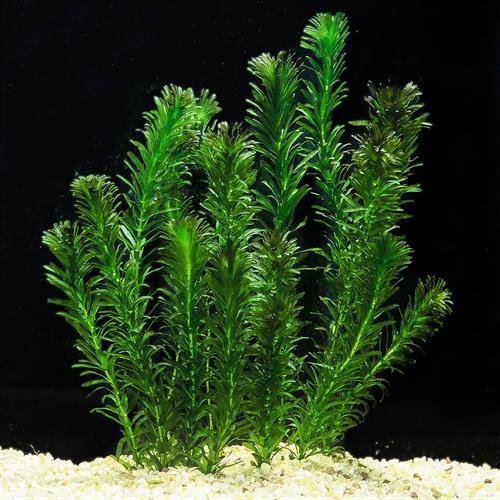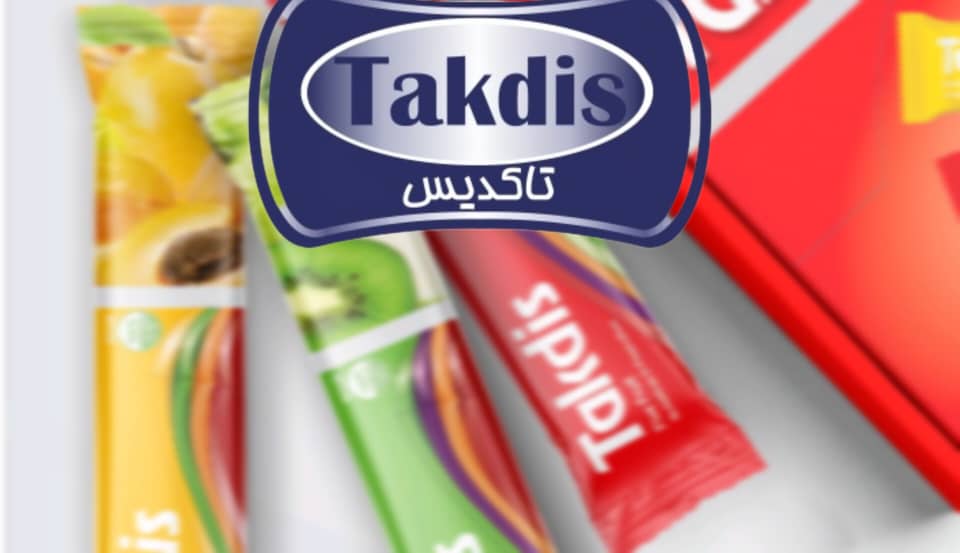
- Seen : 678 View
The leafy Elodia plant (also known as "Brazilian Elodia" and "Egeria" with the scientific name Egeria densa Planch), is very desirable and interesting in aquariums and small pools; While this plant is one of the invasive and highly proliferating species in larger fresh water sources, it sometimes destroys the native species and changes the water parameters. This usually happens when the contents of aquariums are emptied into local waterways.
Elodia leafy is a herbaceous and tender plant, with regular leaves forming cylinders with a thickness of 2 to 6 cm and a length of 10 to 90 cm. Stems less branched, with short, delicate internodes that break easily and whose fragments are capable of producing new plants. In shallow water, the plants can be anchored to the bottom, otherwise they will float as they grow, leaving only the flowers above the water. Filamentous roots develop at the base of the plant and at some nodes, especially broken nodes.
The leaves of the plant are 1 to 3 cm long and 5 mm wide, with a rounded or sharp tip, finely toothed edges, smooth surface and intensely green when receiving natural light; But they are usually fainter in the aquarium. Leafy Elodia typically produces four to six leaves per bud. Branches arise from under or on the sides of some leaves, and from within them grow 2-6 cm long flowering stems that bear solitary flowers. The flowers of this plant are male and female, and the fruits are berry-like and oval, 7 to 8 mm long and 3 mm wide, with a membranous and transparent pericarp. The seeds of this plant are abundant, mushroom-shaped, 7 to 8 mm long, with a 2 mm thread at the end.
It is a plant that, when exposed, has a high photosynthesis capacity and releases a large amount of oxygen, which can be seen by the formation of small bubbles on the leaves. From this point of view, the presence of this plant in an aquarium with oxygen-dependent inhabitants such as fish is very useful.
Dispersion:
Leafy Elodia is native to Argentina, Brazil and Uruguay. This plant is one of the most common aquarium plants that is widely distributed around the world. In many areas, this plant has even become an invasive aquatic weed. Most of the reports in this field come from South, Central and North America, Europe and Australia.
This plant lives in mostly shallow lakes and rivers of fresh water, with a gentle, slow or still current, and a temperature of 15 to 17 degrees Celsius and tolerates a wide range of acidity. Sufficient light is necessary for their photosynthetic activity and therefore they cannot tolerate shade permanently.
Saler Company Information










